Reptiles are fascinating creatures that communicate in ways vastly different from mammals. While your dog wags its tail or your cat purrs contentedly, reptiles rely on subtle body movements, postures, and color changes to express their needs and emotions. Many reptile owners struggle to understand these silent signals, leading to miscommunication and sometimes stress for their scaly companions. Learning to interpret your reptile’s body language isn’t just about strengthening your bond—it’s essential for their well-being and can alert you to potential health issues before they become serious. In this article, we’ll explore seven crucial aspects of reptile body language that your cold-blooded companion wishes you could understand.
The Significance of Head Bobbing
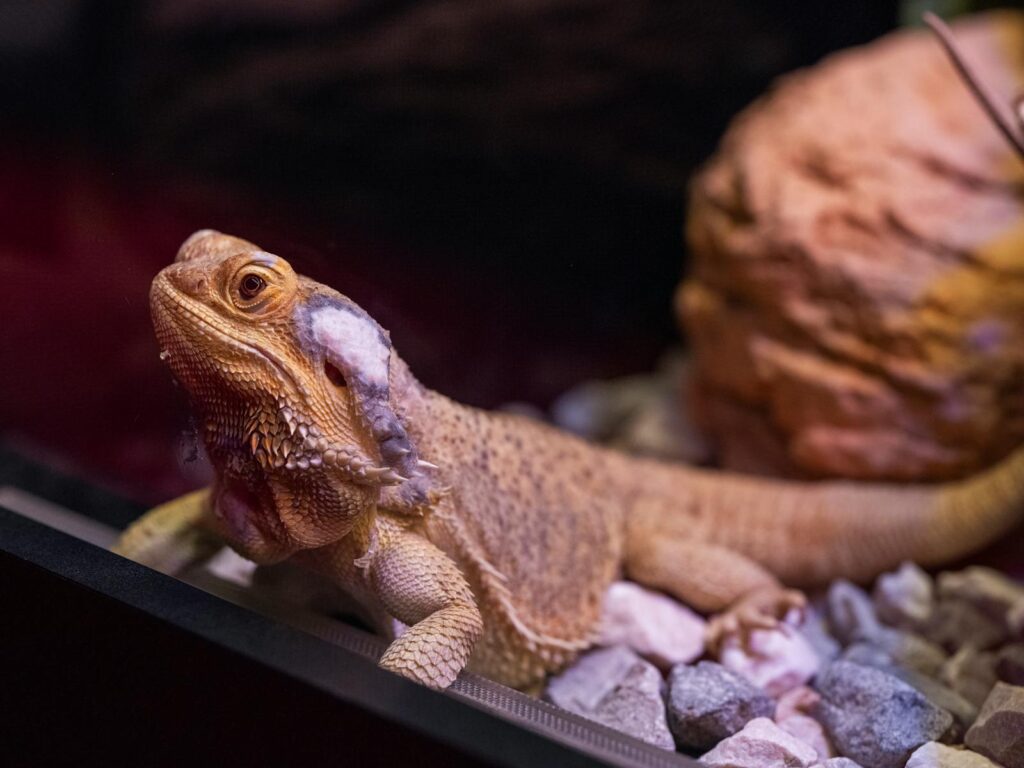
Head bobbing is one of the most common yet frequently misunderstood behaviors in many reptile species, particularly bearded dragons, iguanas, and anoles. This behavior serves multiple purposes in the reptile world, from asserting dominance to expressing submission or even courtship. Rapid, aggressive head bobs usually indicate territorial behavior or dominance displays, essentially saying, “This is my space, back off.” Slower, gentler head bobbing may signal submission or recognition, especially when directed at their human caretakers. Some species, like bearded dragons, have developed specific bobbing patterns—males typically perform quick, assertive bobs while females respond with slower, wave-like arm movements. Understanding your specific reptile’s head bobbing patterns can help you gauge their comfort level and respond appropriately to their social cues.
Tail Positioning and Movement
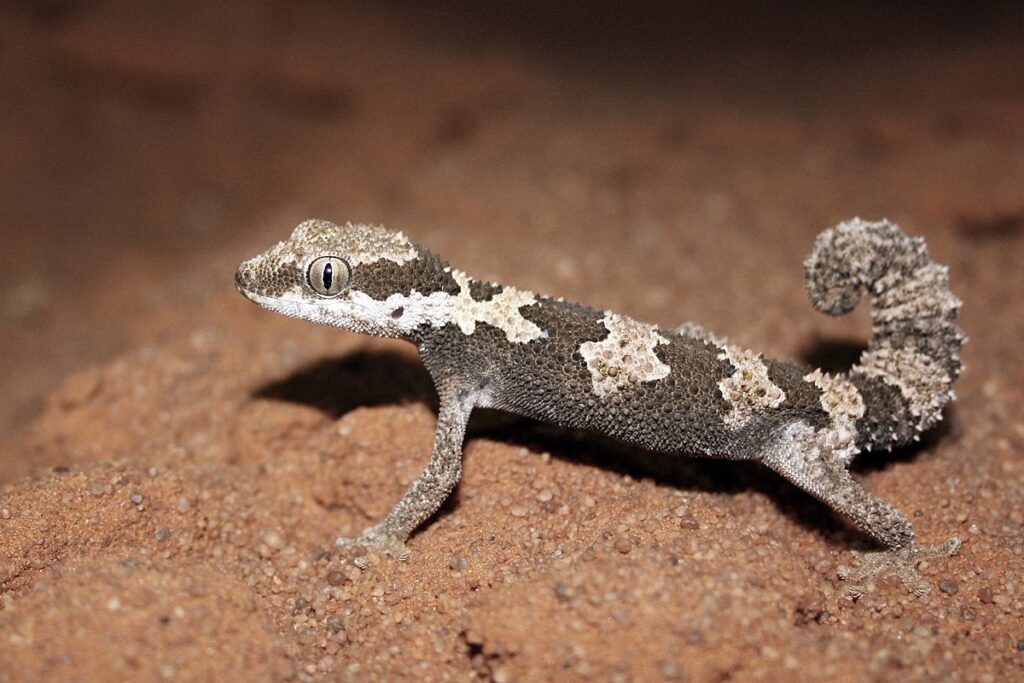
Your reptile’s tail is a powerful communication tool that reveals much about their emotional state. A relaxed reptile typically holds its tail in a neutral position, neither raised nor tightly coiled. When your gecko, iguana, or bearded dragon raises its tail while walking, it’s often displaying confidence or alertness—essentially the reptile equivalent of walking tall with good posture. Conversely, a tucked or tightly coiled tail might indicate stress, fear, or submission in many species. Some reptiles like crested geckos may wag their tails when hunting or feeling excited, a behavior that’s entirely different from a dog’s happy wag. For species that can drop their tails (autotomy), like leopard geckos, a rigid, raised tail posture might be a pre-defensive warning sign that they’re feeling threatened enough to consider this drastic measure.
Color Changes Beyond Camouflage

While many people know that chameleons change color, fewer understand that many reptiles undergo color changes that reflect their health, emotional state, and environmental conditions. Bearded dragons may darken their beards when threatened or stressed, while their overall body color might brighten during social interactions or when they’re feeling content. Crested geckos often display darker colors at night when they’re most active and lighter shades during rest periods. Even species without dramatic color-changing abilities, like ball pythons or corn snakes, may appear more vibrant after shedding or when in optimal health conditions. Color dulling or unusual patterns can be early warning signs of illness, stress, or nutritional deficiencies, making it crucial to know your pet’s normal coloration patterns. These subtle shifts in hue can give you valuable insight into your reptile’s well-being long before more obvious symptoms might appear.
Eye Expressions and Pupil Dilation
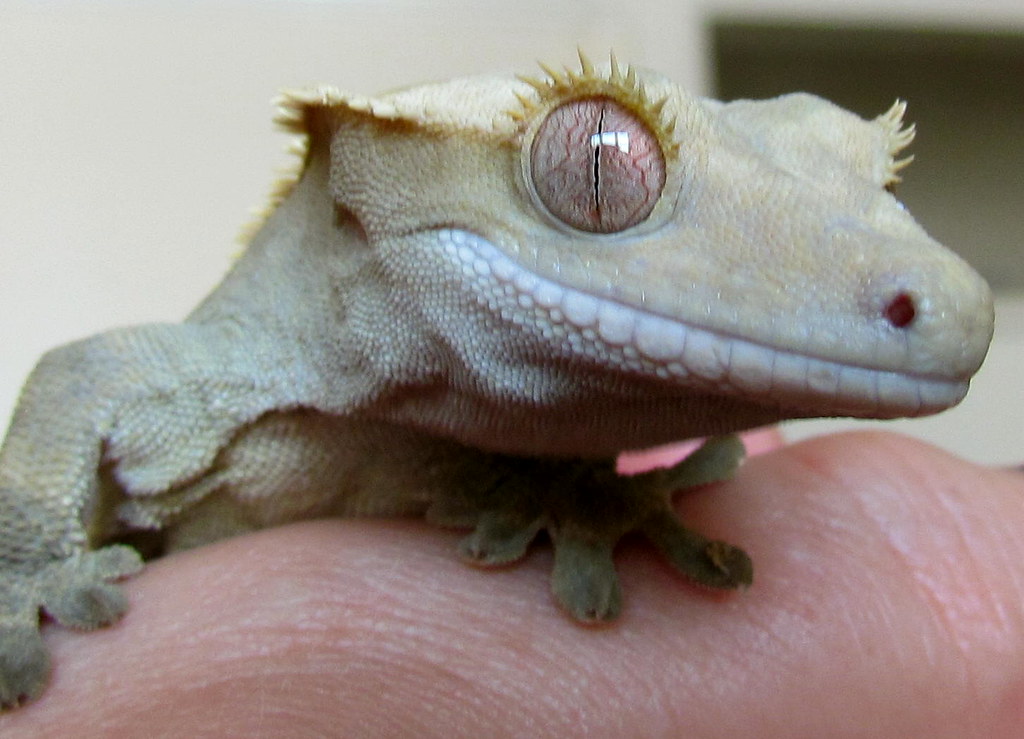
Reptile eyes might not be as expressive as mammalian eyes, but they still communicate vital information about your pet’s state of mind. Dilated pupils in many reptile species often indicate alertness, excitement, or in some cases, stress and fear. Conversely, constricted pupils in bright environments where they would normally be dilated might suggest illness or discomfort. Many reptiles, including bearded dragons and leopard geckos, close their eyes when being petted if they’re feeling content and trusting of their handler. However, closed eyes can also indicate stress if accompanied by other nervous behaviors, serving as a psychological defense mechanism similar to “if I can’t see you, you can’t see me.” Some species, like crested geckos, have vertical pupils that can tell you much about their stress levels—fully dilated in low light when comfortable, but remaining narrow slits in the same lighting conditions when stressed.
Body Flattening or Puffing
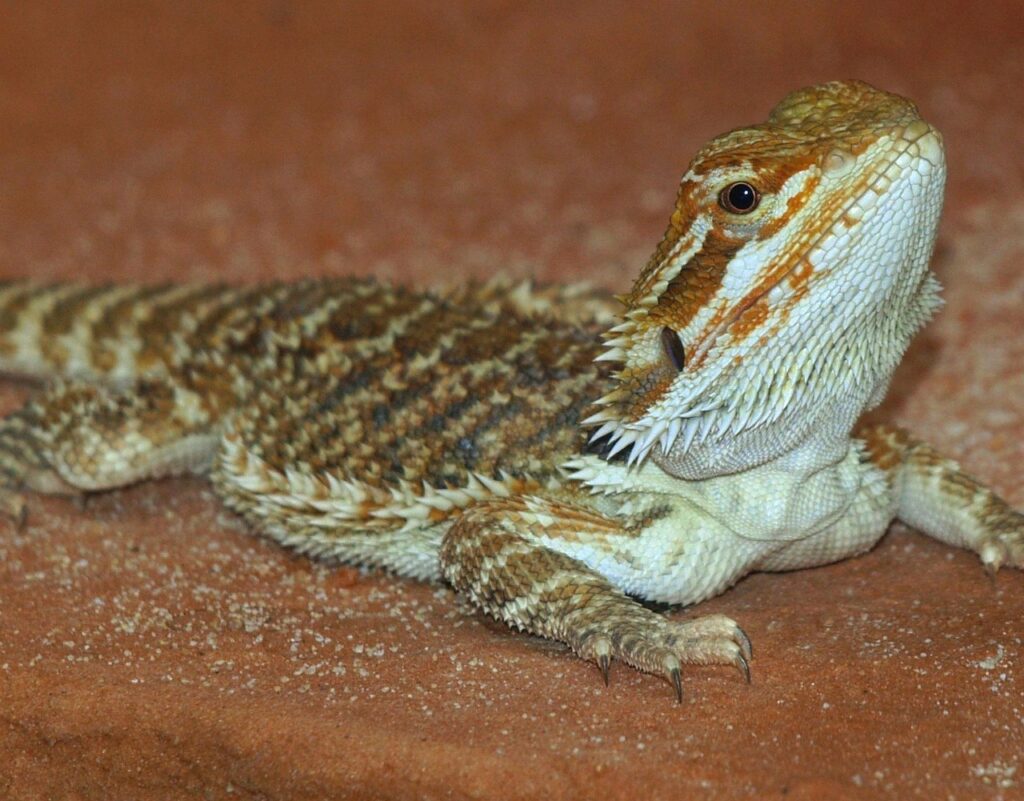
When your reptile dramatically changes its body shape by flattening or puffing up, it’s communicating something significant about its emotional state. Bearded dragons are famous for flattening their bodies and extending their beards when threatened, making themselves appear larger and more intimidating to potential predators. Similarly, frilled dragons extend their impressive neck frills as a defensive display. Many snake species will flatten their necks or bodies when feeling threatened, increasing their apparent size to discourage predators. On the flip side, a reptile that makes itself appear smaller by tucking limbs close to the body or compressing its form may be trying to appear non-threatening or attempting to hide from perceived danger. These dramatic shape changes are instinctual responses deeply rooted in survival mechanisms, and recognizing them can help you identify situations that your pet finds stressful or threatening in their environment.
Mouth Gaping and Tongue Flicking
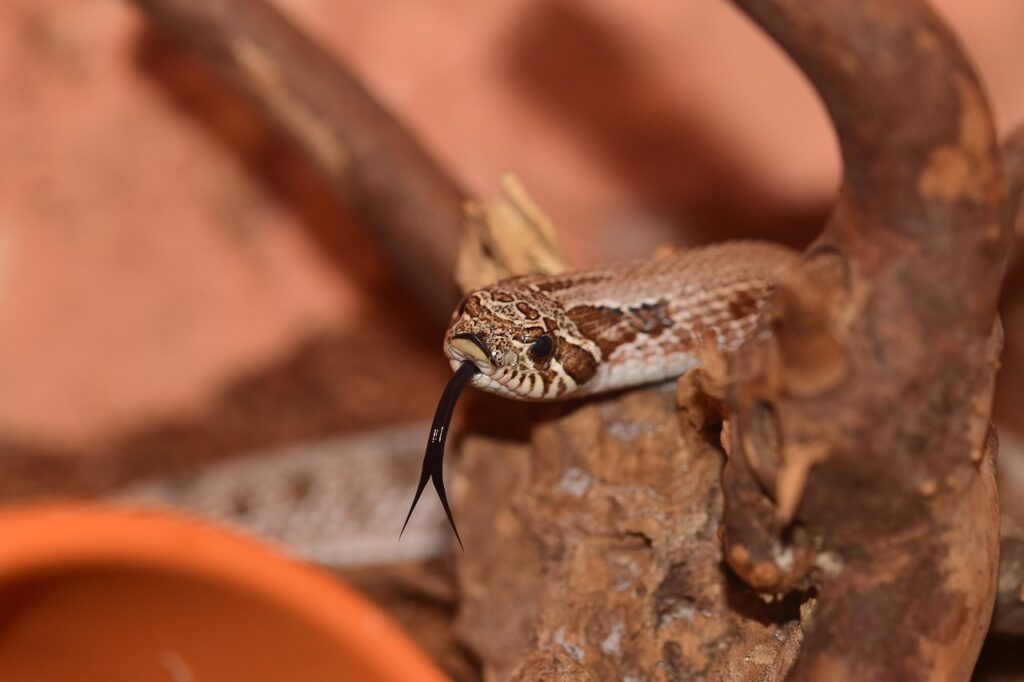
An open mouth in reptiles can signify several different states, from thermoregulation to aggression, depending on the context and species. Many reptiles practice thermoregulation through mouth gaping, a behavior similar to panting that helps release excess heat—this is especially common in bearded dragons and is perfectly normal in warm environments. However, mouth gaping accompanied by hissing or a defensive posture indicates a threatened reptile warning you to back off. Tongue flicking, particularly common in snakes and monitor lizards, isn’t aggression but rather how these animals gather sensory information about their environment. The frequency of tongue flicks can tell you about your reptile’s curiosity or stress levels—rapid, frequent flicking often indicates heightened awareness or anxiety. Some reptiles may also lick their lips before regurgitation or when nauseous, making it important to distinguish between normal exploratory tongue behavior and potential signs of digestive distress.
Basking Positions and Posture
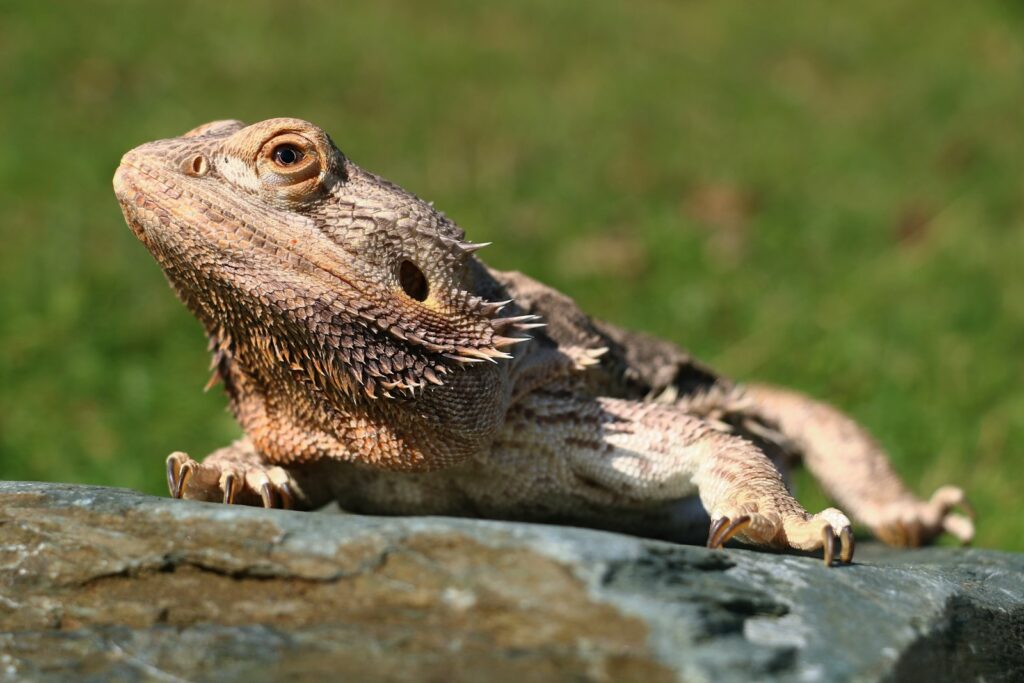
The way your reptile positions itself during basking activities reveals much about its comfort with its environment and its physical well-being. A relaxed reptile typically sprawls comfortably in its basking spot with limbs loosely extended and its body flattened to maximize heat absorption. This position indicates your pet feels secure enough to be vulnerable while regulating its body temperature. Conversely, a reptile that basks while remaining vigilant, with legs ready to spring into action or head held high, may not feel entirely safe in its environment. Some species, like bearded dragons, may “pancake” themselves—completely flattening their bodies against warm surfaces to maximize heat absorption when they’re particularly enjoying their basking session. Unusual basking positions, like consistently favoring one side or avoiding basking altogether, can be early indicators of health issues ranging from thermal burns to metabolic bone disease, making it essential to monitor not just if your reptile basks, but how it positions itself during this crucial activity.
Understanding Territorial Displays
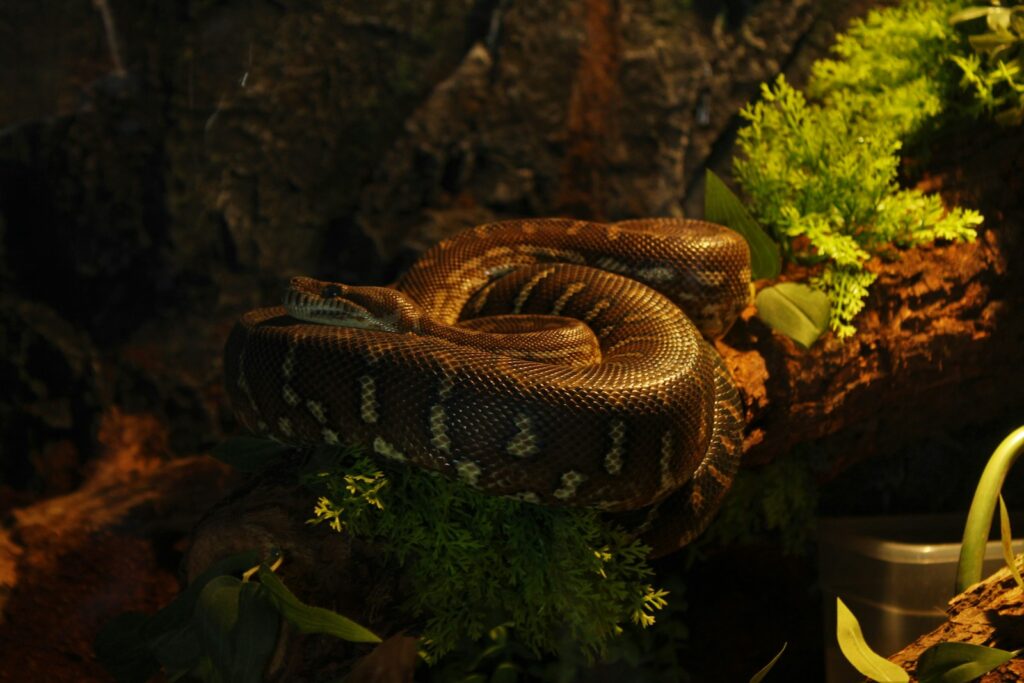
Many reptile species are naturally territorial and will employ specific body language to establish and defend their domain, even in captivity. Head bobbing, as mentioned earlier, serves as a primary territorial declaration in many lizard species, especially when accompanied by push-ups or arm waving. Glass surfing—when your reptile repeatedly scratches or moves along the sides of its enclosure—can indicate territorial frustration, particularly during breeding seasons when hormones heighten territorial instincts. Male iguanas often extend their dewlaps (throat fans) and perform specific head movements to assert dominance over their territory. Even the way your reptile positions itself in its enclosure can indicate territorial behavior—choosing elevated perches or prominent basking spots from which they can survey their domain. Understanding these displays helps you respect your reptile’s natural instincts while providing appropriate environmental enrichment that allows for these behaviors without causing stress.
Shedding Behavior Signals
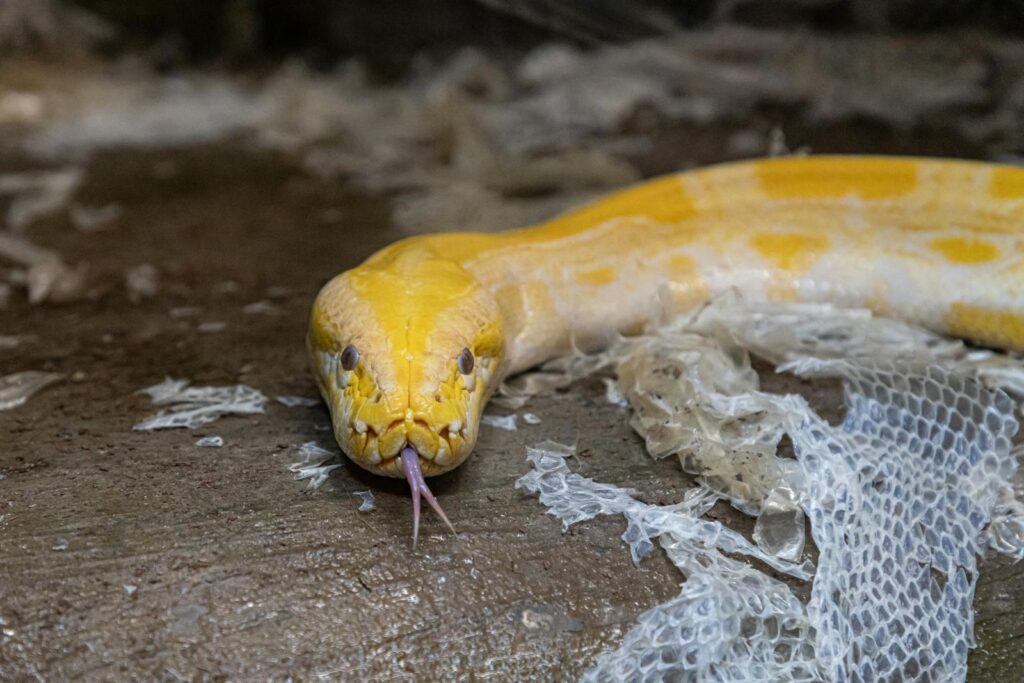
During the shedding process, your reptile’s body language changes significantly, offering important clues about their comfort and potential issues. Prior to shedding, many reptiles become less active and may adopt unusual postures or seek out rough surfaces to help initiate the shed. A reptile that repeatedly rubs its face against objects is likely trying to start the shedding process around its eyes and mouth, where the skin is often the first to loosen. Excessive scratching, unusual twitching, or restless behavior during shedding might indicate dysecdysis (difficult shedding), potentially requiring intervention through proper humidity adjustments or gentle assistance. Some species become more defensive or irritable during shedding periods as their vision may be temporarily impaired and they feel more vulnerable to predators. Understanding these behavioral changes helps you provide appropriate support during this physically demanding time and allows you to distinguish between normal shedding discomfort and potential health problems that require attention.
Stress and Defensive Postures
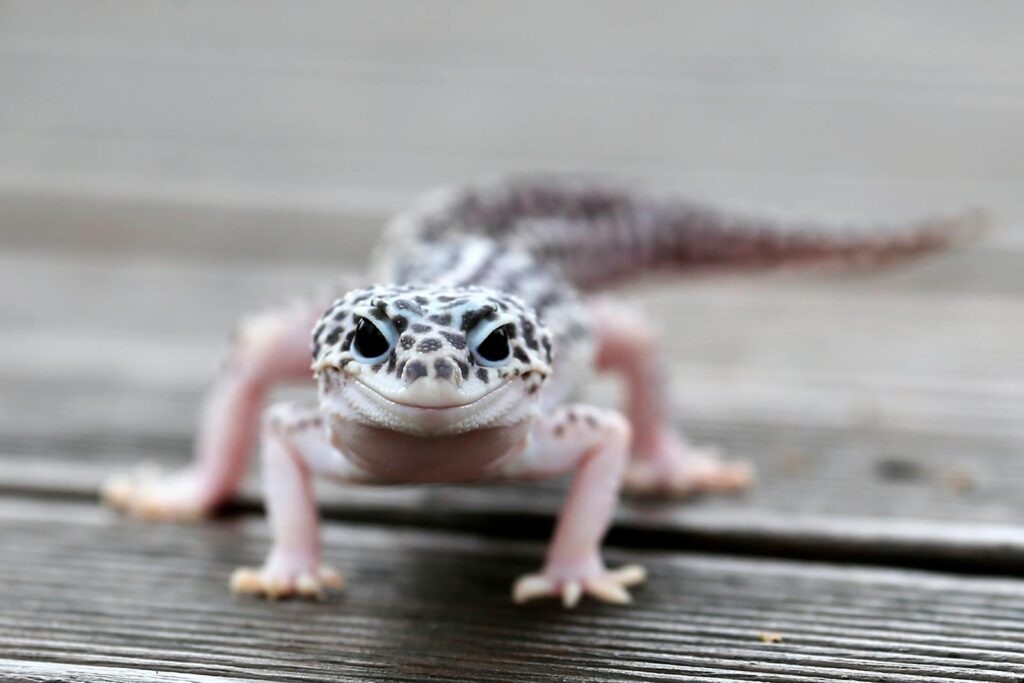
Recognizing stress and defensive postures is crucial for maintaining your reptile’s psychological well-being and preventing potential biting incidents. Tail rattling or whipping in species like leopard geckos or iguanas serves as a clear warning that your reptile feels threatened and may defend itself if the perceived threat continues. Many lizards will raise their bodies off the ground when feeling defensive, preparing for a quick escape or possible aggressive response. Puffing up the throat or body, opening the mouth wide, or hissing are unmistakable signs that your reptile feels cornered and is preparing to defend itself. Some species, like bearded dragons, may darken their beards or display bright warning colors when feeling threatened. Learning to recognize these signs before they escalate allows you to modify your approach, give your reptile space, or address environmental stressors before the situation deteriorates into a negative interaction that damages the trust between you and your scaly companion.
Comfort and Relaxation Indicators

Just as important as recognizing stress signals is the ability to identify when your reptile is truly relaxed and content in its environment. A comfortable reptile typically exhibits loose, natural body posture without tension in the limbs or tail. Slow, deliberate movements rather than jerky, startled actions indicate your pet feels secure in its surroundings. Many well-adjusted reptiles will engage in natural behaviors like exploration, proper feeding, and regular basking cycles when they feel safe in their habitat. Some species, like bearded dragons or certain geckos, may even approach the front of their enclosure when they see their caretakers, showing recognition and a level of trust. Sleeping in open areas rather than always hiding indicates your reptile feels secure enough to be vulnerable during rest periods. These subtle signs of relaxation and comfort are the ultimate goal for reptile keepers, representing successful husbandry and a positive relationship with your cold-blooded companion.
Communication During Feeding Times
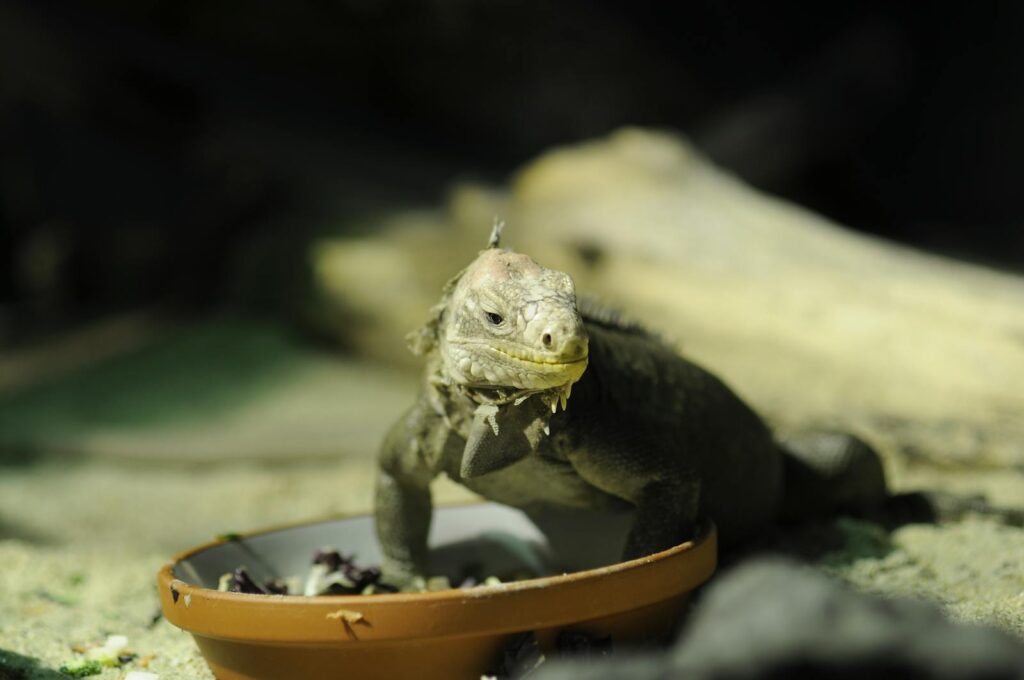
Feeding time reveals a wealth of information about your reptile’s health, hunger levels, and emotional state through specific body language cues. An interested, hungry reptile typically shows increased alertness, focused attention, and may position themselves strategically to ambush or approach food. Many species, like leopard geckos or crested geckos, will wiggle their tails slightly when stalking prey, indicating excitement and hunting focus. Head tilting or tracking movements show your reptile is visually engaged with the food item and preparing to strike or investigate. Conversely, turning away from food, backing up, or displaying defensive postures during feeding attempts might indicate illness, stress, or simply that your reptile isn’t hungry at that moment. Some reptiles develop specific associations with feeding rituals—like approaching a certain corner of their enclosure or exhibiting specific movements when they recognize feeding cues—showing they can communicate their understanding of routine events through body language.
Conclusion: Becoming Fluent in Reptile
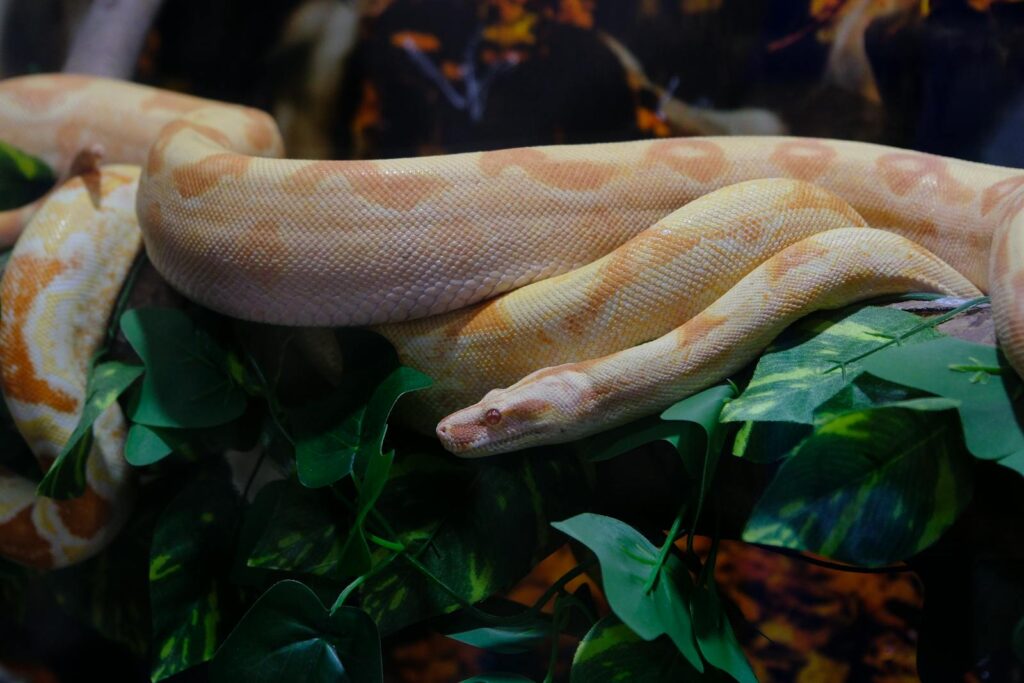
Learning to read your reptile’s body language transforms your relationship from simple caretaker to attentive companion who truly understands their needs and emotions. Each species has its own unique dialect of physical communication, and individual reptiles may develop their own personal variations on these standard signals. The key to becoming fluent in your pet’s non-verbal language lies in consistent observation, species-specific research, and patience. As you grow more attuned to these subtle cues, you’ll find yourself responding appropriately to your reptile’s needs often before they become urgent—adjusting temperatures when you notice specific basking behaviors, recognizing the early signs of illness through posture changes, or identifying stress triggers in your pet’s environment. This deeper understanding not only enhances your bond but contributes significantly to your reptile’s overall well-being, potentially extending their lifespan through prompt attention to their unspoken communications. Remember that reptiles may not express affection in ways familiar to mammal owners, but they certainly communicate their comfort, trust, and preferences through the silent language of their bodies—a language well worth learning.




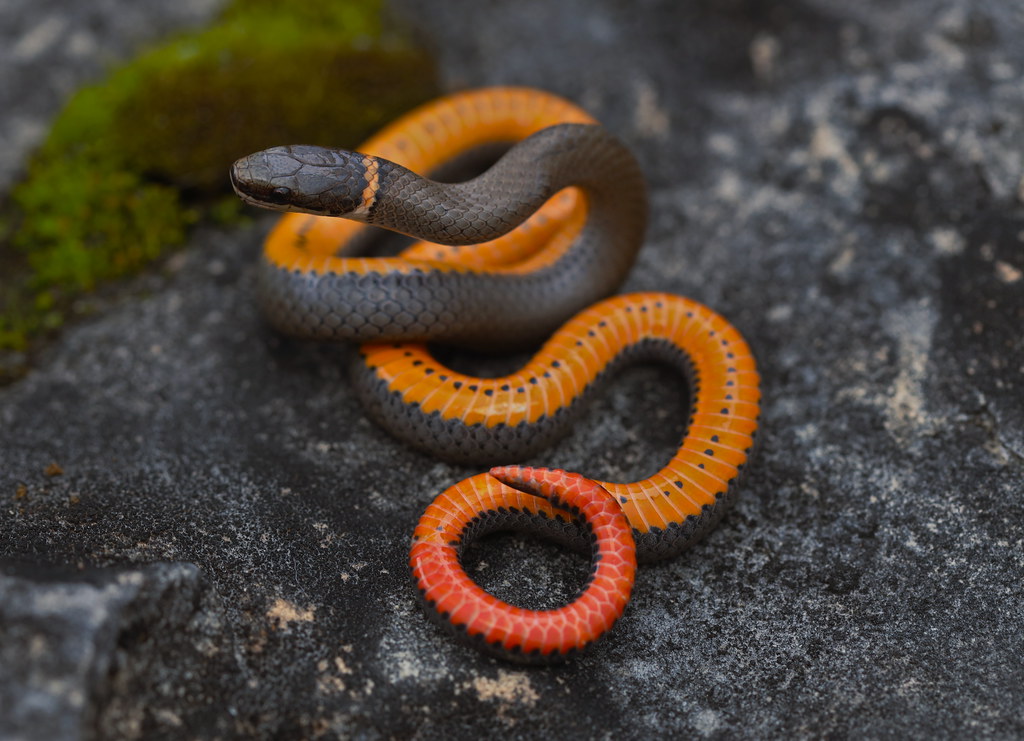









Leave a Reply